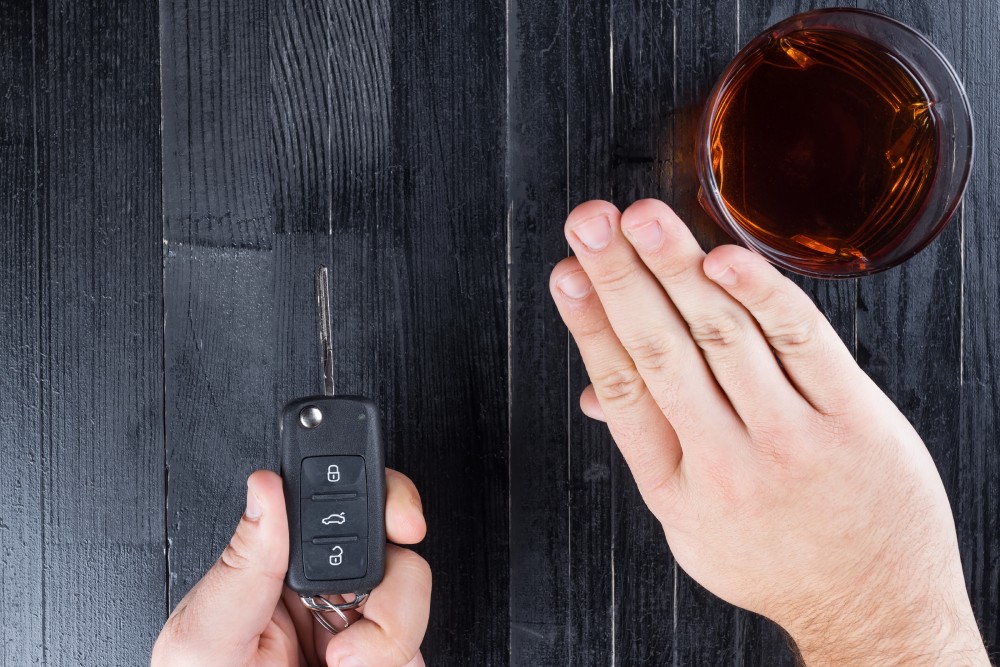DUI laws have long been a subject of heated debate. Designed to protect public safety by deterring impaired driving, these laws also raise questions about fairness, consistency, and the most effective path toward rehabilitation. Stakeholders: including lawmakers, law enforcement, legal professionals, and community advocates—continue to discuss whether current measures adequately address the problem or if reforms are needed.
1. Overview of Current DUI Laws
Across the United States, DUI laws vary significantly by state. While their core objective is to reduce impaired driving and enhance road safety, many of these laws share common features:
- Strict blood alcohol concentration (BAC) limits, typically set at 0.08% for adults, with even lower thresholds for commercial drivers or zero tolerance for underage drivers.
- Mandatory administrative actions such as license suspensions following a conviction.
- The imposition of ignition interlock devices, especially for repeat offenders.
- Diversion or educational programs intended to offer an alternative to incarceration.
These measures are intended to create a deterrent effect, yet the variability between states can lead to confusion and inconsistencies in enforcement.
2. Criticisms of Current Legislation
Despite their intent, several criticisms have emerged regarding the effectiveness of current DUI laws:
- Overly harsh penalties: Some argue that severe punishments, such as lengthy license suspensions and mandatory device installations, may impose long-term financial and social burdens on offenders.
- Inconsistent enforcement: Enforcement levels differ widely between jurisdictions, resulting in uneven consequences for similar offenses.
- Insufficient focus on rehabilitation: Many policies emphasize punishment over addressing underlying issues of substance abuse, potentially hindering long-term recovery.
- Impact on civil liberties: Critics express concern that some measures, including continuous monitoring, may infringe on individual rights and personal freedoms.
3. Proposals for Legal Reform
Advocates for reform have suggested several changes aimed at creating a more balanced and effective legal framework:
- Implementing graduated penalties: Tailor punishments to account for the severity of the offense and the individual’s history, allowing for more lenient options for first-time offenders while reserving harsher measures for repeat offenders.
- Standardizing DUI laws: Establish more uniform guidelines across states to reduce discrepancies and ensure fairness.
- Expanding rehabilitation and education programs: Increase access to treatment and substance abuse education, addressing the root causes of DUI behavior rather than relying solely on punitive measures.
- Incorporating emerging technology: Utilize new monitoring tools and data analytics to provide more personalized enforcement and reduce the need for intrusive measures.
4. Balancing Public Safety and Individual Rights
A critical aspect of any reform is finding the right balance between ensuring public safety and protecting individual freedoms. Considerations include:
- The need for effective deterrence versus the potential for over-criminalization.
- How proactive monitoring measures can prevent impaired driving without becoming overly invasive.
- The role of community-based support and rehabilitation in complementing enforcement efforts.
5. The Future of DUI Legislation
Looking ahead, the evolution of DUI laws will likely be driven by a combination of technological advancements, research into best practices, and shifting public attitudes. Key factors include:
- Ongoing research into the effectiveness of current measures and emerging alternatives.
- Collaborative efforts among lawmakers, law enforcement, public health experts, and technology developers to create data-driven policies.
- Increasing public advocacy for reforms that balance punitive measures with support and rehabilitation.
Conclusion
Debates over DUI reform underscore the complexity of creating laws that are both effective and fair. While current measures have contributed to reducing impaired driving, there is a growing consensus that a more balanced approach—one that emphasizes rehabilitation, uniformity, and the smart integration of technology—could yield better outcomes. By rethinking punitive policies and investing in supportive programs, society can work toward safer roads and improved futures for those affected by DUI charges


